

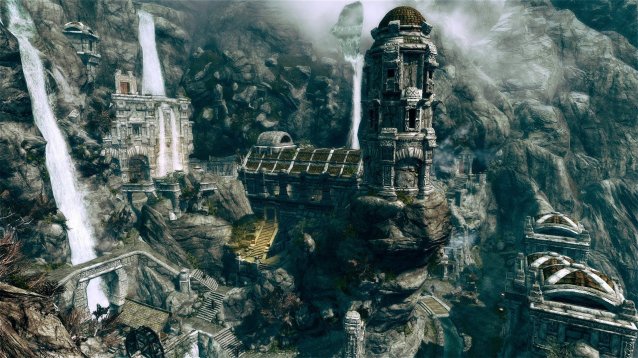
Video games have, for while, been obsessed in one form or another with their own size. Whether it’s the time it’ll take to complete or the vastness of the world, there’s a marketing push to show you’re bigger than the rest. The downside of this is that consumers, whether they’re aware of it or not, started to place a quality value on these elements. Every game has to struggle to be bigger, regardless of the effect it would have on the quality.
Thankfully with the advent of digital distribution, the flexible pricing it brings and the resurgence of the indie developers, people are starting to accept smaller games. It’s hard to complain about the length of a game like Dear Esther when it costs less than a sandwich and is incredibly well made. Unfortunately there is still a way to go to get people to understand the value of the smaller packages, especially when it comes to the game world.
The problem boils down to a very simple fact: the larger your game world, the more effort and money it takes to fill it with unique and interesting details. By far the best example for this is Bethesda’s Elder Scrolls series, open-world RPG titles known for large spaces to explore. The most recent title, Skyrim, boasts a world that is just a little under the size of San Francisco that is packed with quests and content, throughout the game you’ll see some repeated artwork and models, but there is enough unique work that the world feels lively and interesting. If we jump back three games to Daggerfall, second in the series and freely available on Bethesda’s website, you can see it had a world map ‘The Size of Great Britain’ with over fifteen-thousand cities, towns and dungeons. It is staggeringly vast, but thanks to this, staggeringly boring too because most of the game is built from a very limited set art assets. Towns have no personality, or even really a reason to visit them. Dungeons that aren’t part of the main quest are generated in a pseudo-random fashion that makes them a visual bore and often a gameplay chore (and occasionally impossible). Bethesda learnt from their earlier ambitions and have scaled down accordingly in all their open-world titles, but even with these smaller worlds, there’s going to be a lot of repeated art—it’s the nature of the beast.
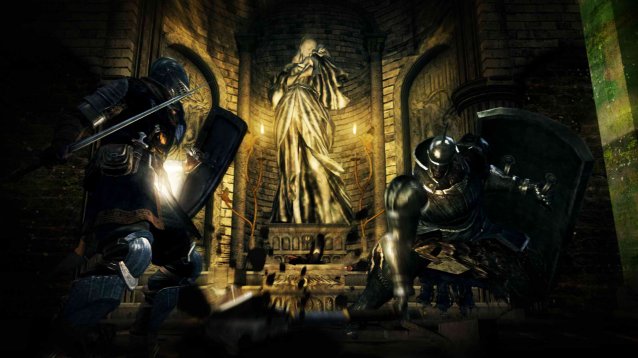
So is there value in taking this scaling down further? I think there is, provided it suits the game you’re making. In the last two weeks I have played two games, released in 2012, that superbly display the power of both approaches. The first title is From Software’s action-RPG Dark Souls, which is a massive world of exploration and grand fantasy scale. It has, for the most part, a perfect sense of size. There are twenty-two hand-crafted, unique locations in the base game, each of which has incredibly strong art direction and wonderful personality. They’re a joy to discover and their in-game size is justified by the atmospheric needs, you couldn’t cut them down and have it be the same game. They also work because the gameplay is extremely focused; it’s an action-RPG that is all about its brutal, but fair, combat system, forgoing extras beyond the occasional NPC to buy things from. This excellently balanced expense of effort between the gameplay and the game world makes it a prime example of a brilliant large game.
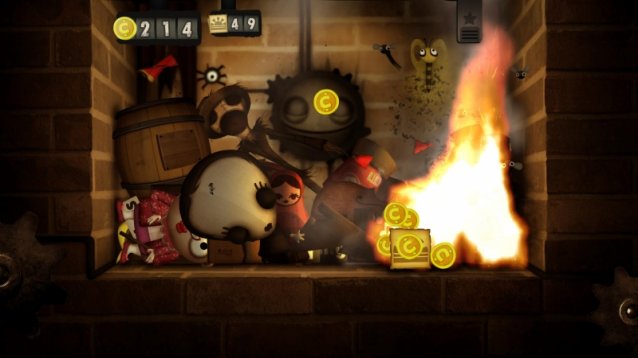
Way down at the other end of the scale sits Little Inferno, a game that takes place in a single room with two menu screens. You are literally just looking at a fireplace for the vast, vast majority of the game and it works. The basic gameplay loop, for those who’ve not played it yet, is that you burn things to earn money, that you then use to buy more things to burn. There’s a puzzle element in finding combos of items to burn, but that’s the whole game right there. The reason it is effective is the sheer detail that is placed into these simple interactions. There are a lot of items to earn and burn and each reacts in its own way, which is where the joy of discovery and detail really shows itself. Whether it’s a marshmallow that screams as it burns or a jar that shoots out mysterious syringes the creators have packed the items with humour, personality and quality. In such a compressed play-space they wrangle a good 3-4 hours of top quality entertainment that couldn’t be achieved any other way.
It’s clear that large games are always going to be here, and so they should be, but the value in the smaller, more detailed spaces, is so clear when you play something like Little Inferno. It’s an experience that I first felt way back in the Dreamcast days when I played Shenmue, SEGA’s divisive martial-arts/wandering-about adventure game. An extremely expensive game to produce, the first installment had an incredible amount of unique detail. Inside your own house you could pick up and examine nearly every item, flip every switch, even play an anachronistic Saturn console. In the neighbourhood and township every building was it’s own, every shop a unique place, every street a location with a real sense of place. It was a small world to play in, in kilometre terms, but it was so packed with character that it quickly embedded itself in people’s hearts. It gave character to the mundane, something which is often necessarily skipped over due to the speed or transient nature of a game location, and it was quite an experience, if heavily flawed as a game. Playing Little Inferno and Dark Souls allowed me to, in very different ways, get elements of what I found in Shenmue and it was a joy to see developers understanding the value of detail and space.
I hope that people can see the value in this detail, in the unique worlds that developers can build, even if requires a space sacrifice. It will continue to push the medium further and develop experiences we cannot have in other forms.
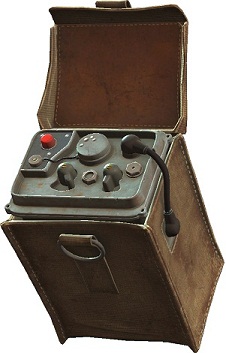
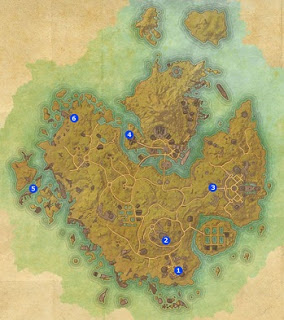
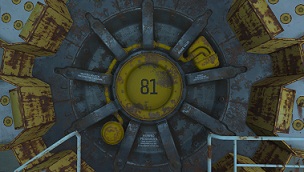
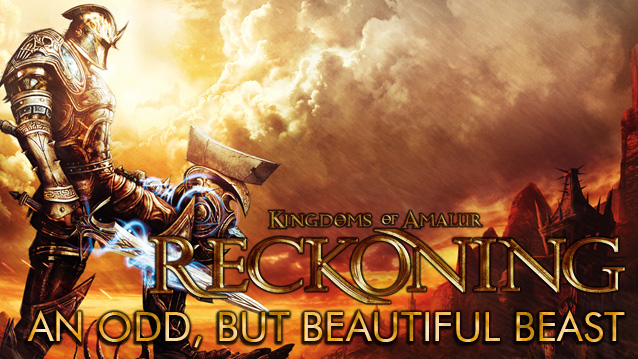
 Hotline Miami 2: Wrong Number Guide - How to Make It as a Beginner
Hotline Miami 2: Wrong Number Guide - How to Make It as a Beginner The Last of Us Remastered Artifacts Guide
The Last of Us Remastered Artifacts Guide Top 10 Best Android Games of 2010
Top 10 Best Android Games of 2010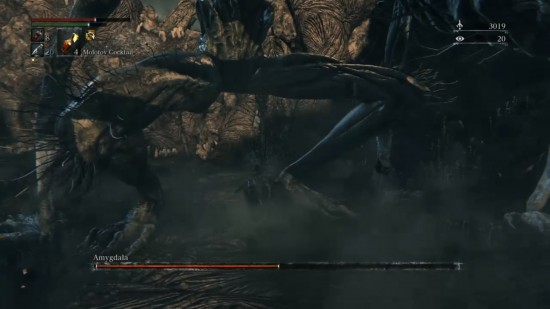 Bloodborne Boss Guide: How to Easily Beat Amygdala
Bloodborne Boss Guide: How to Easily Beat Amygdala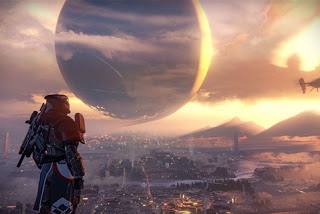 Destiny: learn to earn foreign currencies in the game
Destiny: learn to earn foreign currencies in the game